"If these photographs speak well … Torque is simply that they are a couple: he is the sole author. Two practices at the start of a similar photography which we shall call here, as a precaution, dilettante (dilettantism this part of what we most of the photographic act: amateurism in its accepted meaning in love-the amateur is one who loves. Hence the heterogeneity of this series of images made by one selfish and the other, and then thrown together on the floor from time to time to see. This way of (not) work we can get behind these photographs and access to another level: that of fiction. The images in the same way that transcribes spoken in writing, then glide to the literature. The simple diary can be accessed the novel. "
Anne-Lise Broyer questioned the relationship between photography and book artist. His series of images all take the fabric of a narrative of a text being read. In 2001, she published It maquis, in 2003 A story without a name, Fading in 2006 and 2007 amounting gray skies (seemed larger) in Watermarks. Meanwhile she makes books for children.
Being Beauteous
Amaury da Cunha, Marie Maurel de Maillé, Nicolas Comment, Anne-Lise Broyer
Léa Bismuth, Yannick Haenel, Etienne Hatt, Jean Deilhes, Hélène Giannecchini

Au Roi du bois
Anne-Lise Broyer
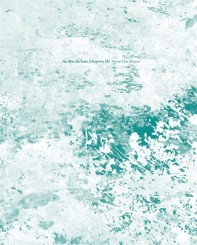
Le ciel gris s’élevant
Anne-Lise Broyer
Jean-Luc Nancy
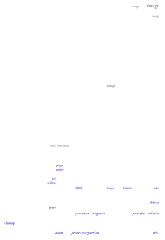
Fading
Anne-Lise Broyer, Nicolas Comment
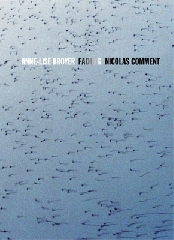
fotograf
Anne-Lise Broyer, Nicolas Comment
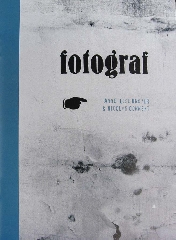
Le triboulet
André S. Labarthe
Anne-Lise Broyer, Nicolas Comment, Gérald Colas
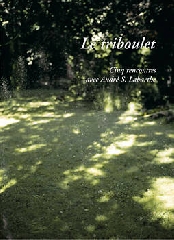
Une histoire sans nom
Anne-Lise Broyer
Alain Coulange
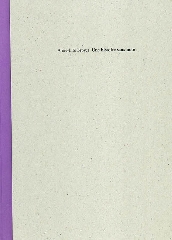
C’est Maquis
Anne-Lise Broyer
Nicolas Comment
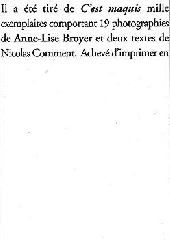
L’aile d’endormir
Anne-Lise Broyer
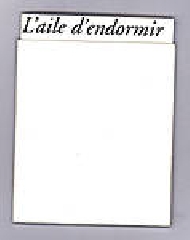
La petite vacance
Anne-Lise Broyer, Nicolas Comment
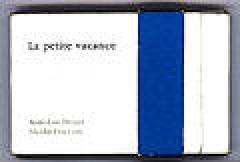
Nicolas Comment
Auteur, Musicien, Photographe
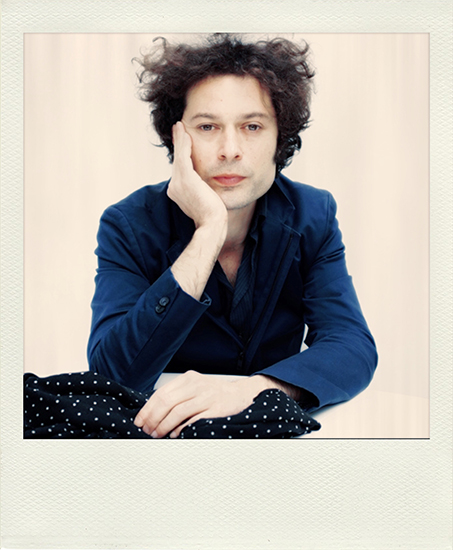
Photographer and author-composer, graduated from the National School of Fine Arts in Lyon (1997) and the National School of Decorative Arts in Paris (1999), Nicolas Comment publishes his first book of photographs in 2001, editions Filigranes: “The service” (text by André S. Labarthe), which will be followed by “Le point” in 2003 and “A ***” in 2004 (texts by Bernard Noël). In 2005, his meeting with Rodolphe Burger , then with Jacques Higelin and Yves Simon for whom he works on two albums (“Amor doloroso” and “Rumors”, 2006), brings him closer to the world of music, until the producer Jean-Louis Pierot (Les Valentins / Daho) offers to accompany him in the realization of a personal musical project including the CD-book “Is this the East? (Berliner romanze), published in 2008, is the first part. In collaboration with Patrick Le Bescont, Nicolas Comment has also created the magazine “Saison” at Editions Filigranes and publishes with Anne-Lise Broyer a book on the city of Prague: “Fading” (2006). In 2010, it records a first album produced by Marc Collin (Nouvelle Vague), which will be hailed by the press: “We were God” (Kwaidan / Discograph). In 2012, following the publication of the book “The visit”, he adapted to music, with Xavier Waechter , the latest collection of poems by the writer Bernard Lamarche-Vadel: “Retrouvailles”, which is released on the jazz label Bonsaï Music. The same year, he exhibited at the VU ‘gallery (Paris) a new series of images, the result of a photographic residence made in Mexico and published the book “Mexico City Waltz”, at Filigranes. In 2014, parallel to the publication of the book “T (angel) r” (accompanied by an afterword by Gérard Manset and a single containing two unreleased songs), he exhibited from December 2014 to January 2015 at the gallery 127 (Marrakech) a new series of photographs carried out in Morocco. Her second solo album, “Rose Planet”, (Kwaidan / Because) was released in CD version in 2015 and version 33 T in 2016 (Mediapop) while the collective exhibition “Being beauteous” (with A.-L. A. Da Cunha, Mr. Maurel de Maillé) continues his career in various French museums throughout 2015. In 2016, Nicolas Comment presents in Paris a large exhibition in duet with photographer Bernard Plossu, “Identification of a city “. Then he exhibited in Vichy, as part of the festival “Portrait (s)”, a new series of images devoted to his companion, Milo, which is the subject of the publication of the book “Milo (Songbook)” published by Chic Medias.In 2017, he won the “Residence for photography” prize from the Fondation des Treilles, which allows him to create a new photographic and musical work in the footsteps of the rimbaudian poet Germain Nouveau during the year 2018. His “Journal” Countdown (1991-1999) “, consisting of his first black and white photographs and archival texts, will be published in April 2019.
One more Dance
Christophe Acker
Nicolas Comment
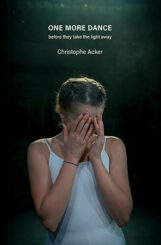
Cavale
Nicolas Comment
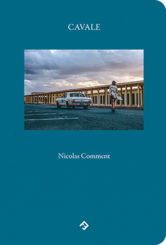
Journal à rebours
Nicolas Comment
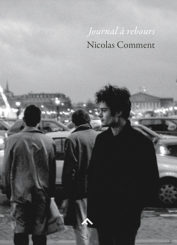
Reverb
Nicolas Comment
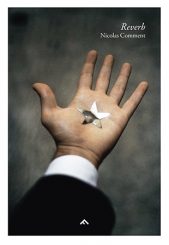
Being Beauteous
Amaury da Cunha, Marie Maurel de Maillé, Nicolas Comment, Anne-Lise Broyer
Léa Bismuth, Yannick Haenel, Etienne Hatt, Jean Deilhes, Hélène Giannecchini

T(ange)r
Nicolas Comment
Gérard Manset
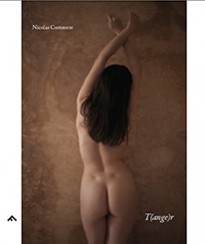
Mexico City Waltz
Nicolas Comment
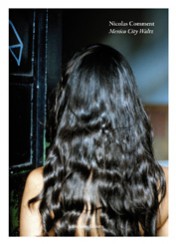
La visite
Nicolas Comment
Danielle Robert-Guedon
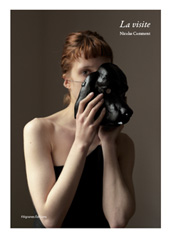
Est-ce l’Est ?
Nicolas Comment
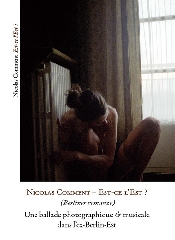
Fading
Anne-Lise Broyer, Nicolas Comment

fotograf
Anne-Lise Broyer, Nicolas Comment

Saison # 21
Vince Taylor
Nicolas Comment
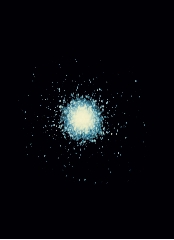
A*** Aurélia
Nicolas Comment
Bernard Noël
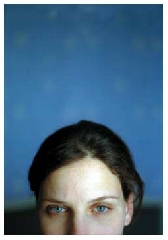
Le triboulet
André S. Labarthe
Anne-Lise Broyer, Nicolas Comment, Gérald Colas

Le point
Nicolas Comment
Bernard Noël
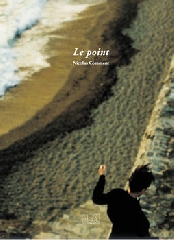
La desserte
Nicolas Comment
André S. Labarthe
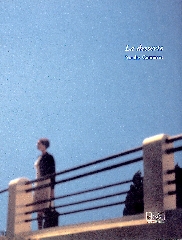
C’est Maquis
Anne-Lise Broyer
Nicolas Comment

À propos de Jeanne
Nicolas Comment
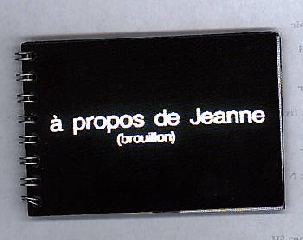
La petite vacance
Anne-Lise Broyer, Nicolas Comment
